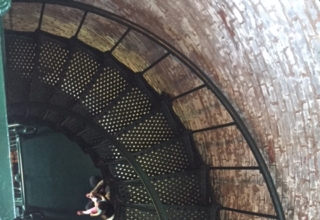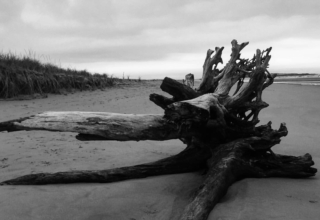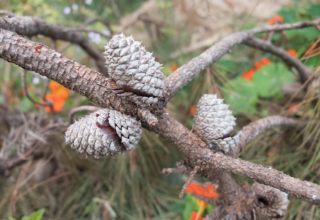
Whether we are navigating a white-water environment, observing a flock of Black Swans, or listening intently to a sonata, it is possible to transform VUCA-Plus volatility to a form and condition that is manageable and a source of creativity and vitality. It is in this transformation that we find the capacity to engage a dynamic, feedback-based process of Polystasis. Specifically, we can apply the Lens of Essence in the identification of patterns and variations that operate in a system of which we are a member. It is in these patterns and variations that we find the leading parts, statics and central operating principle of this system. It is in the patterns that we find stability and in the variations that we find the capacity to engage a polystatic process and the opportunity for change. Working together, stability and opportunity for change provide the key balancing ingredients for the ongoing agility and development of the system.
From Uncertainty to the Maintenance of Patterns
In engaging the Lens of Essence to address the issues found in any system, one can look for what Talcott Parsons (1955) called the latent pattern maintenance” that operates in any viable social system. Put in less elegant terms, this might mean looking for the Glue that holds a group of people together. This maintenance also provides the Glue that keeps a polystatic process from breaking apart under the pressure of unmitigated VUCA-Plus. Just as the human body can be overwhelmed by the allostatic load of unremitting stress (McEwen and Stellar, 1993), social systems can be overwhelmed by a polystatic load associated with VUCA-Plus. Appraisals become wildly inconsistent and inaccurate. Adjustments occur willy-nilly.
Glue and Load
It is in the maintenance of patterns that any social system finds manageable appraisals and appropriate adjustments in polystatic baselines and predictions. The resulting polystatic actions will tend to conform to (or at least align with) the established patterns of the system—making life inside the system more predictable and less stressful (thus reducing allostatic load on its members). If systemic glue provided by the patterns is not sufficient—if the polystatic load is too great—then the system and its members are likely to either freeze or move into a state of rapid oscillation (“dithering”).
As Karl Pribram has suggested, this state of dithering might often set the stage (tipping point) for a major phase shift. An “emergence” takes place that requires a “radically” new polystatic baseline, set of predictions, and actions. All of this is quite startling for everyone involved—and is a source of major stress (and increased allostatic load) for those who must adjust to this major, transformational shift. A second level of learning (Argyris, 2001) must be engaged. When engaged during a major phase shift, this level of learning requires reflection on one’s own way of processing information. We must also challenge our current way of thinking and solving problems. Increased allostatic load inevitably accompanies this demanding cognitive (and affective) adjustment.
So where do we find the glue that enables us to live with and in a VUCA-Plus world filled with uncertainty? I would suggest two constructive sources of this glue. These are traditions and culture. There is also a third source of glue that is just as powerful as traditions and culture—and is often a primary source of these traditions and culture. This glue is the forementioned social defense mechanism that was first introduced by Menzies Lyth and subsequently studied by other psychoanalytically inclined observers of human systems.
Download Article













